We know that Croatia will exceed GDP level from 2008 this year, so we can dub the period Croatia's lost decade. Six consecutive years of economic recession resulted in cumulative decline of GDP of more than 12% in the period between 2009 and 2014. Despite the fact that GDP has been growing at rates of approximately 3% in the last four years, it was not enough to exceed GDP level from before the crisis.
However, even though it would not be inaccurate to refer to the period between the Great Recession and today as the lost decade, Croatia's real lost decade is the period between 2004 and 2013. There are many reasons for this, but the most important one is that Croatia fell behind its competitors the most in that period.
Enlargement of the EU spiked in 2004 - 10 countries in transition became EU member states, but not Croatia. The notorious Bulgaria and Romania joined the EU in 2007 and Croatia was again (un)justly left in the waiting room. Only in 2013, five years after Bulgaria and Romania joined the EU and ten years after the neighboring Slovenia and Hungary joined, Croatia finally became and EU member state.
This had very obvious effects on Croatia's economy and we can see the results in the chart. Cumulative growth of GDP per capita in Croatia stood at merely 9% in the period between 2004 and 2013, which is by far the slowest growth compared to new and similar EU member states. Average of said countries, excluding Croatia, stood at close to 39%!
We can see that Croatia fell far behind in the ten years it remained outside the EU, while other similar countries enjoyed the benefits of EU membership. Most of all, this includes free access to the common (large) market of some 500 million citizens: joining European economic flows and accompanying industrial value chains resulted in fast growth of export, which played a key role in achieving fast economic growth among new member states.
We should also mention green field investments, a form of foreign direct investment, which almost entirely bypassed Croatia, while they were an important factor in fast economic growth of other countries (especially in the years before the Great Recession). In addition, subsidies from EU structural funds - billions of euros that the new member states used in the ten-year period for improving competitiveness of their economies, while Croatia had access to "crumbs" from pre-accession funds.
These are some of the objective circumstances that made Croatia's economy fall behind comparable countries, but it would be wrong to list only those as "excuses." There were many bad moves and missed policies from our side - things we could have and should have done differently. For instance, while Baltic countries like Slovakia and Romania introduced flat tax systems and put effort into making their tax systems more appealing to investors, what was Croatia doing? It introduced new taxes, accumulated excessive debt, relied too much on State spending (average annual general government deficit in the ten-year period stood at astonishing 4.9% of GDP) and more.
Not only did growth of real GDP per capita in Croatia fall behind other countries the most in the period between 2004 and 2013, but it raises the question - how was that cumulative growth of 9% achieved and at what cost? We know the answer well: economic growth was based on large State investments in motorways, civil engineering boom in apartment construction, credit expansion, excessive indebtment of households and more, which made the growth unsustainable in the long term (annual deficit in the period was in billions of EUR).
Anyway, it is enough to note one thing: Croatia's public debt more than doubled - it increased from 38% of GDP at end 2003 to more than 80% of GDP in 2013. The result was single-digit rate of GDP growth. Sapienti sat.
This is why we can rightfully claim that the period between 2004 and 2013 was the lost decade for Croatia - much more so than the period between 2009 and 2018. Effects of accession to the EU have started to manifest fully in the last few years, with Croatia's economy not only growing at solid pace, but the growth based on much healthier foundations: public debt is declining, surplus has replaced general government deficit, the economy is deleveraging (foreign debt is declining quickly), balance sheet shows surplus (unlike large deficits up to 2013), and more.
In other words, it is not appropriate to include the last few years in "Croatia's lost decade" as that is the sort of growth (based on healthy, sustainable foundations) we should strive towards. On the other hand, the period between 2004 and 2013 was marked by Croatia falling behind comparable countries: besides structural problems, economic growth in the years before the crisis was slower compared to other countries, and the disastrous response to the crisis resulted in economic contraction that lasted years and caused GDP to drop 12%. We can only hope that we have learned something from this.





Za sudjelovanje u komentarima je potrebna prijava, odnosno registracija ako još nemaš korisnički profil....